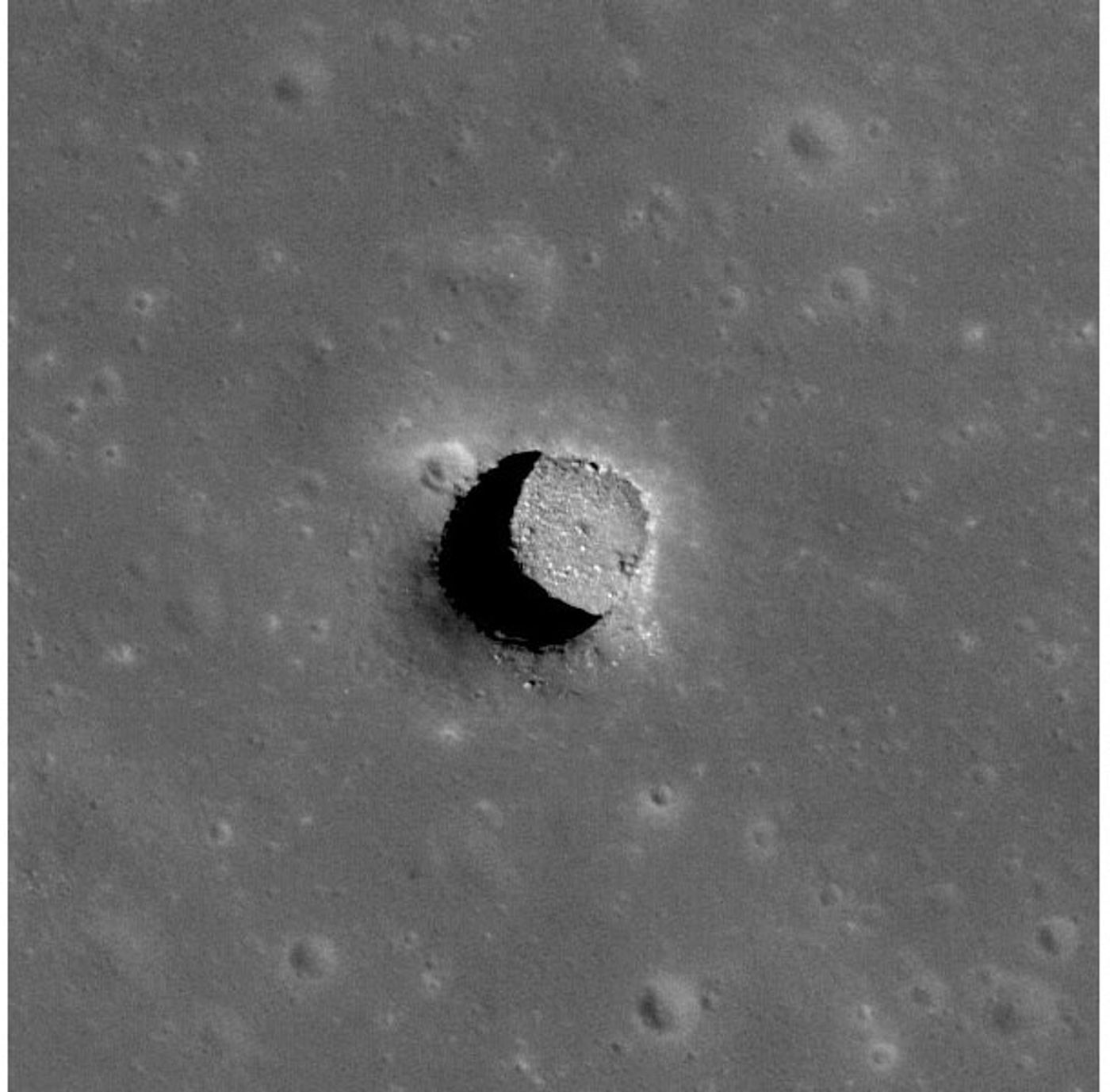Could We Find Life in Caves Off Earth?
In two connected studies published in the Journal of Geophysical Research: Planets, “Fundamental Science and Engineering Questions in Planetary Cave Exploration” and “Planetary Caves: A Solar System View of Processes and Products”, an international team of researchers led by Northern Arizona University (NAU) examined the potential for finding life in caves on worlds other than Earth.
The first study involved more than 100 scientists in narrowing down a list of questions pertaining to exploration of caves on planetary bodies outside of Earth, specifically why they should be explored. The second study built off the first and examined caves on 15 solar system bodies and how they formed. The purpose of both studies was to ultimately establish a framework of both robotic and human exploration of these sites over the coming years.
"With the necessary financial investment and institutional support, the research and technological development required to achieve these necessary advancements over the next decade are attainable," said Dr. Jut Wynne, who is an assistant research professor of cave ecology at NAU, and lead author of both studies. "We now have what I hope will become two foundational papers that will help propel planetary cave research from an armchair contemplative exercise to robots probing planetary subsurfaces."
"Caves on many planetary surfaces represent one of the best environments to search for evidence of extinct or perhaps extant lifeforms," Wynne said. "For example, as Martian caves are sheltered from deadly surface radiation and violent windstorms, they are more likely to exhibit a more constant temperature regime compared to the surface, and some may even contain water ice. This makes caves on Mars one of the most important exploration targets in the search for life."
Sources: Journal of Geophysical Research: Planets (1), Journal of Geophysical Research: Planets (2)
As always, keep doing science & keep looking up!









